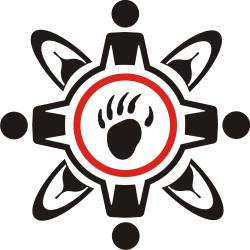Royal Commission on Aboriginal Peoples

The Royal Commission on Aboriginal Peoples (RCAP) is a five volume, 4000-page report with over 400 recommendations, designed and established in 1991 and completed in 1996. Its purpose was to look constructively at the progress of the relationship between Indigenous (Aboriginal) people, the federal government, and Canadian society. The Commission, which comprised of seven commissioners, three non-Indigenous and four Indigenous, started at a time when unrest was building in Indigenous communities across Turtle Island. The Innu were protesting military low flying fighter jets and helicopters that were terrifying the children and disrupting the Innu hunting grounds. A children’s author published a book titled Nutaui’s Cap about the event. The Royal Commission on Aboriginal Peoples came on the heels of the standoff and armed conflict in Kanesatake (Oka crisis) just a year earlier. It was a culmination of these events and others that led to the start of the Commission. The Royal Commission on Aboriginal Peoples aimed at putting a spotlight on the foundation of the relationship between the government, and Indigenous and non-Indigenous people in Canada.
For more information about the Royal Commission on Aboriginal Peoples, see:
Highlights from the report of the Royal Commission on Aboriginal Peoples
20 years since Royal Commission on Aboriginal Peoples, still waiting for change

